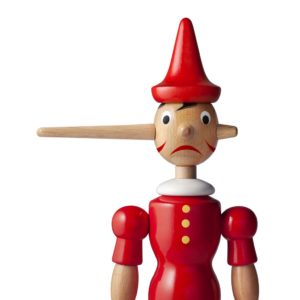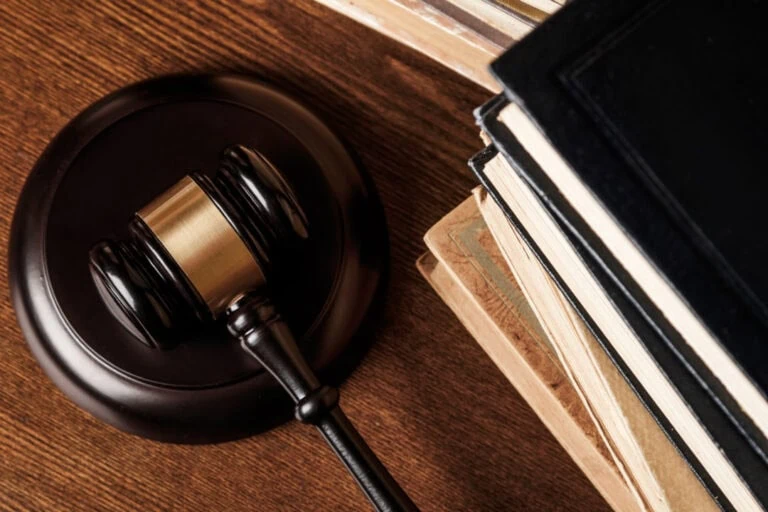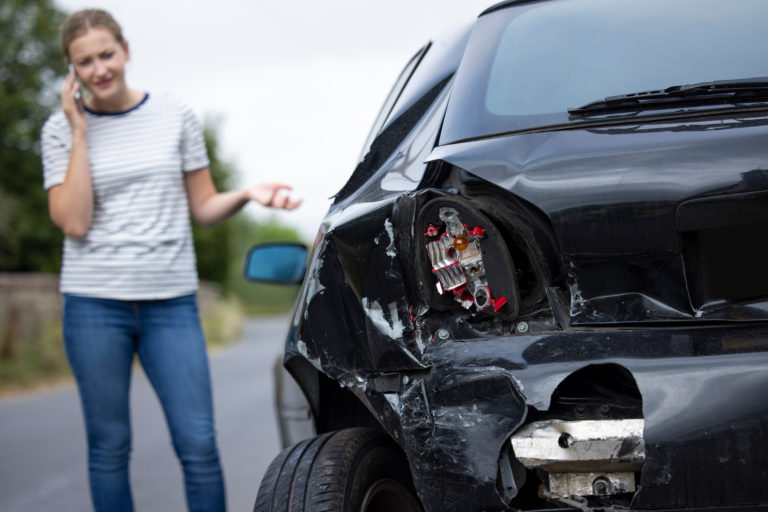
Trying to find the perfect toys for your little ones for the holidays without breaking the bank can be stressful business. This explains why many parents plan to do their Christmas shopping online. However, research from PlaySafe.Org also indicates that approximately a third of parents who shop on the web don’t know that counterfeit toys are sold on common online marketplaces.
Why There’s a Market for Counterfeit Toys
In the rush to surprise your children with the most coveted toys, it’s understandable to overlook identifying the source of an item. Many parents aren’t aware that when perusing their favorite online shopping site, counterfeit items are listed alongside the real deal. We all want to get the best price and sometimes the toy at the top of the wishlist is simply impossible to find on your local store shelves. Before clicking “buy” we urge you to keep a few things in mind to ensure your child’s safety.
Don’t Chance It
Toys sold by legitimate US toy companies are subject to more than 100 stringent safety standards and testing regimens. These tests evaluate products for sturdiness and harmful chemicals, considering important data and statistics to reduce risk of injury. However, imitation toys, which are often produced overseas, are not likely to undergo such careful consideration.
Read more about US Safety Standards, detailed by The Toy Association
The Toy Association Statement on Counterfeit Toys and Safe Shopping
Guide to Avoiding Counterfeits
Investigate the Seller
Make a point to learn about the person or company that you are shopping from. Ask yourself these questions before purchasing a toy from an online merchant.
Is the Seller Verified?
An unverified seller may not be providing enough identifying information to the online marketplace. Keeping a low profile online might mean that the seller wishes to avoid responsibility for imitating a product and failing to ensure standards of safety and quality.
Are the Descriptions or Photographs Suspicious?
Many counterfeit products are created outside of the United States. If the description of the item contains written errors or photographs that appear to be altered, this should raise suspicion. The seller may not be who you think they are.
Prioritize Safety Over Quality
A toy for sale on a third-party marketplace may be listed for a lower price than it would be in stores or from the manufacturers website. We all want a bargain but a significant price difference may indicate that the item is a fake. A counterfeit toy is unlikely to undergo the required quality and safety inspection. Even at a low price, an inferior product is just not worth it.
Buy from the Manufacturer or Official Retailer
When shopping for toys online, your best bet it is to buy from the manufacturer. Doing so will ensure a toy has undergone the required testing for quality and safety. The brand’s website may sell the item directly or redirect buyers to purchase the item from official retailers online.

Worth Repeating
In 2018, The U.S. Consumer Product Safety Commission estimated a shocking 226,100 toy-related injuries in the United States. Each year, our firm makes it a priority to educate and remind consumers of key dangers to avoid when buying toys for their loved ones for the Holidays.
Every day we represent victims who were injured by defective or dangerous products. We will continue to publish the latest information about dangers posed by toys and children’s products because of our dedication to helping prevent injuries and wrongful deaths. Hopefully, we can help consumers make informed decisions and contribute to the joy of the season. Happy Holidays!

